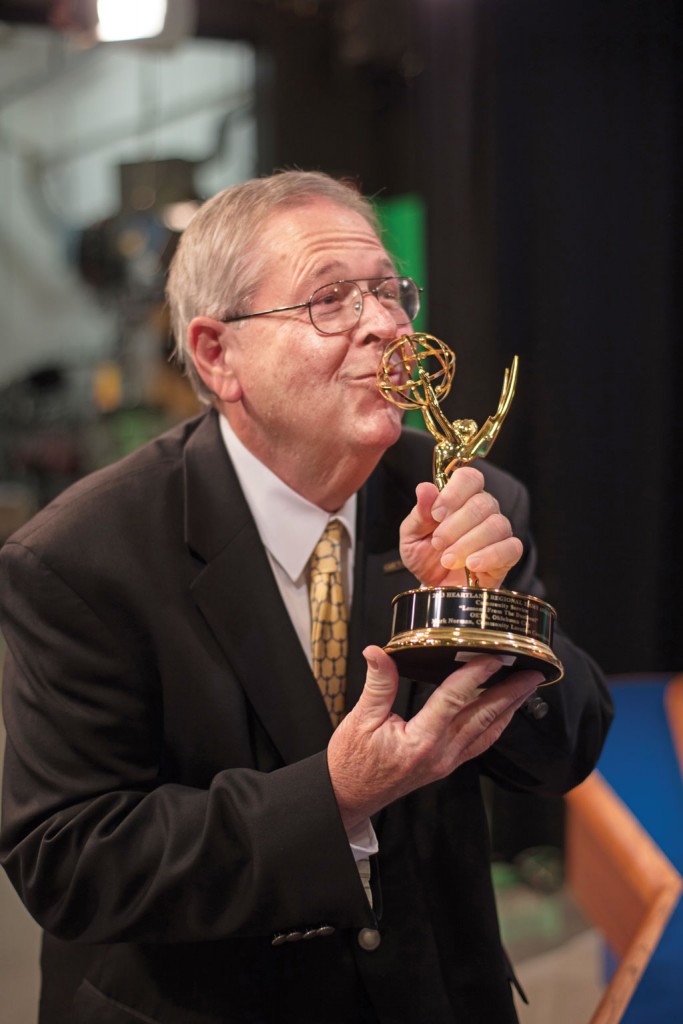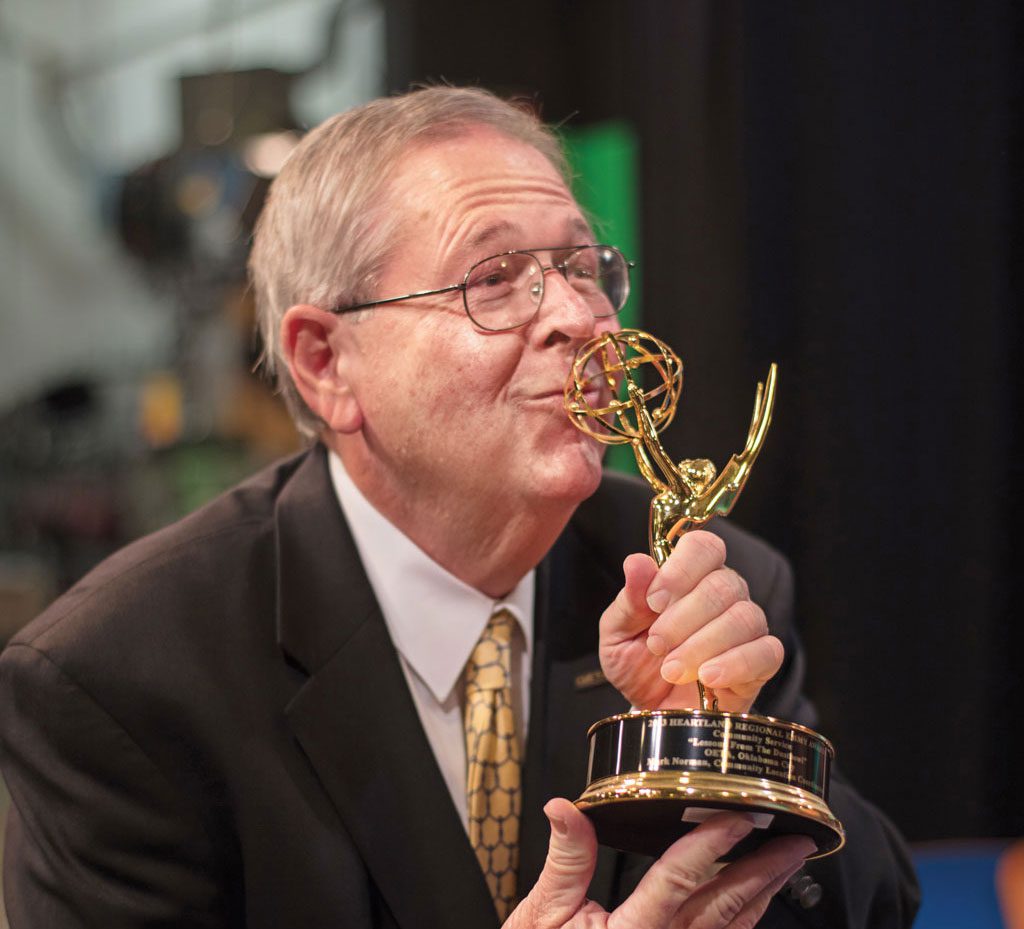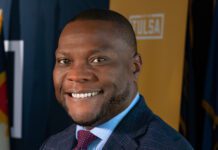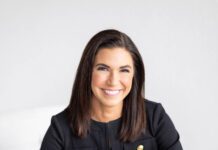
Mark Norman, Oklahoma Educational Television Authority’s vice president of technology and interim executive director, will retire once a new executive director for the agency is chosen this fall after more than 40 years of working in broadcasting in the state. The native of Fargo, North Dakota, has a bachelor’s degree from Northwestern Oklahoma State University and a master’s degree from Oklahoma State University. He was hired as OETA’s vice president of technology in 2007. We recently talked to Norman and got his thoughts on …
… his favorite memories at OETA.
When I was hired at OETA, my main job … was to help plan and implement the change … from an analog one-channel facility to a four-channel digital facility serving the entire state. By 2009, we had four digital channels broadcasting on 18 transmitters around the state. We [have] one main [high-definition] channel and three [standard-definition] channels providing thousands of hours of programming each year to Oklahoma residents. During my time, we were also able to build a new Tulsa studio, which had been planned for over 20 years. One project I was involved with outside the technology area [was] the OETA and Ken Burns Dust Bowl series. OETA took this program on the road around the state to include the Panhandle, where much of the old video and new video segments were recorded for this national series. The interviews, which made up a majority of the story, were with older lifelong citizens from the Panhandle of Oklahoma and Texas. OETA staff like myself worked with the soil and conservation districts across Oklahoma to tell the Dust Bowl story and for that work we won a regional Emmy. The presentation of the Emmy was one of the highlights of my time at OETA.
… the achievements of which he’s most proud.
The major accomplishments that OETA has made on the technical side have made me most proud. To move from one analog channel to four digital channels, providing a vast amount of quality programming, was a major accomplishment. We connected all the sites via fiber, which saved money and improved the reliability and quality of our service. The change to a digital multi-channel facility was the first major change in OETA and all television stations in the United States since television broadcasting began in the United States in the 1950s, so it was a major accomplishment.
… the importance of public broadcasting.
Public broadcast in the United States is the only source for free over-the-air noncommercial television [that] citizens have. Most countries started with public broadcasting from the 1950s. In the United States, the decision was made in 1969 that we needed [the Corporation for Public Broadcasting] and a formal noncommercial service that would provide quality programming to the American people. Since that time, PBS was created, and the quality programs you see today are the result of a joint effort between PBS and all the members stations.
… the challenges faced by public broadcasting.
Public broadcast is still the only noncommercial, quality, free television service. That sets public television apart. Viewers donate to keep us on the air, and state government and the federal government have helped keep this valuable service alive. We deserve a free, over-the-air public television service in the United States that is tax supported and donor supported. My concern is that without the tax support, both federal and state, the quality of the service will not be what it needs to be and what viewers want. We are doing our best to get more viewers to donate and that will be helpful, but we still need that federal and state support for the infrastructure.


























